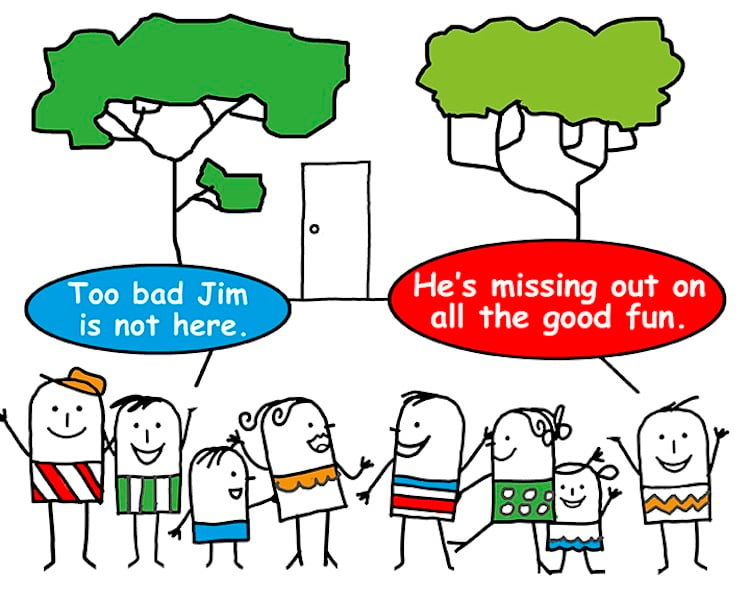Avoidance is one of many survival mechanisms designed to protect us from danger. If you’ve ever had food poisoning from what seemed like a healthy piece of fish, you know it will be a long time before you eat fish again! You avoid fish. Avoidance helps protect us. But what if there is no danger? What if you notice you’re avoiding perfectly safe locations, activities or interactions with people? Think back over the past month and consider whether you might have been avoiding situations, activities, or people rather than facing them.
Avoidance is a common behaviour when anxiety strikes and learning how to cope through approach rather than avoidance is an important tool. Although when we first avoid we might feel less anxious, after a while the thing we are avoiding can seem harder to approach. Eventually when we do have to deal with it, it can feel incredibly overwhelming making the anxiety much worse than it would have been had we approached the situation in the first place. In addition, although avoidance can lead to immediate relief from anxiety, it can generate a host of other unwanted emotions such as sadness, guilt and shame, frustration, and more.
If you notice that your worry is making you avoid certain situations, activities, or people it might be time to approach them. To do this you will learn about a systematic process called exposure, which has you gradually face your fears step by step. Exposure involves having you enter into a feared situation, remaining there until your anxiety lessens, and then doing this repeatedly until your anxiety disappears permanently. Exposure is not dangerous and will not make the fear worse. In fact, up until now if you have been avoiding or escaping from the people, places and things you fear, this has likely maintained your anxiety. By engaging in gradual exposure to your fears, you can learn that these people, places and things are not dangerous, and that even if they are difficult, that you can cope. Done correctly, exposure can eliminate anxiety once and for all.




